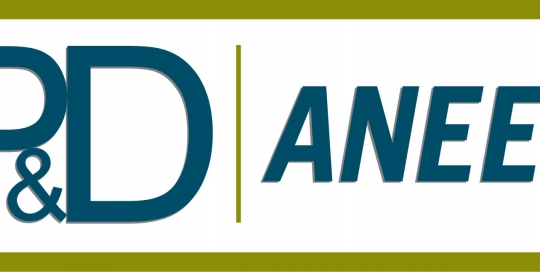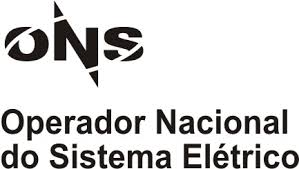In 2012, Cemig started the development of the Research and Development (R&D) project called “INTEGRATED INTELLIGENT SYSTEM WITH WEB AND MOBILE TECHNOLOGY FOR EMERGENCY MANAGEMENT”, in partnership with FAPEMIG and UNIFAL and having Venidera as one of the main executors. The Project, completed in 2016, aimed to develop specialist systems to assist decision-making in emergency situations involving dams and reservoirs. Thus was born the inspiration of the “Proximidade” Platform, a system called the “Georeferenced Support System for the Operation Command System”: the SGA-SCO. At the time, a WEB system was created to support the management of contingency plans for emergency situations and communication with interested parties. The main functionalities were to assist civil defense agencies in mapping risk areas, creating escape plans, gathering information, resources and points of interest that are useful in the process of managing emergencies in disasters, in addition to issuing warning signs .
Expanding the scope of the relationship with communities program, Cemig in partnership with Venidera sought to develop an application with the objective of being yet another channel of information for populations influenced by the variation of river levels. Thus, in 2018, the SGA-SCO was used as a basis for the development of the Proximity Platform, which incorporated operating data from Cemig’s reservoirs to the platform. Proximidade also allows a more effective communication with the community through georeferenced registration fo the inhabitants themselves through the mobile application. Through the WEB platform it is still possible to view and print maps at different scales and types, such as satellite photo, street guide and terrain map, in addition to sending alerts to selected areas. Regarding the information that may compose the mappings, we highlight:
- Geographical points related to inhabitants for counting and defining specifications for the evacuation of risk areas;
- Geographic points related to resources such as vehicles, shelters, hospitals, etc;
- Risk areas at different degrees of probability and risk severity;
- Analysis of areas in relation to variations in relief and elevation and distances;
- Escape routes for each mapped risk area.
The “Proximidade” Platform is, therefore, a powerful web tool to support civil defense bodies and, especially, to COMPDECs (Municipal Coordination for Civil Protection and Defense), which are the municipal bodies responsible for the execution, coordination and mobilization of all actions of civil defense in the municipalities. Basically, all information and planning performed at Proximidade can be printed at any time, preferably, before disastrous events, given the need for computer equipment and services such as electricity and internet are available. In this way, the municipality can build and update its Contingency and Response Plans and leave them ready for use whenever needed. Specially when dealing with disasters. Still, the mapped information can still be used for training and simulations, facilitating the work of management and assessment of risk and disaster planning. It is also worth mentioning that the mapping information can be easily updated so that it is possible to maintain consistent supporting documentation for use whenever the Operations Command System is activated.
Bellow is a tutorial video that illustrates how the “Proximidade” Platform works.








